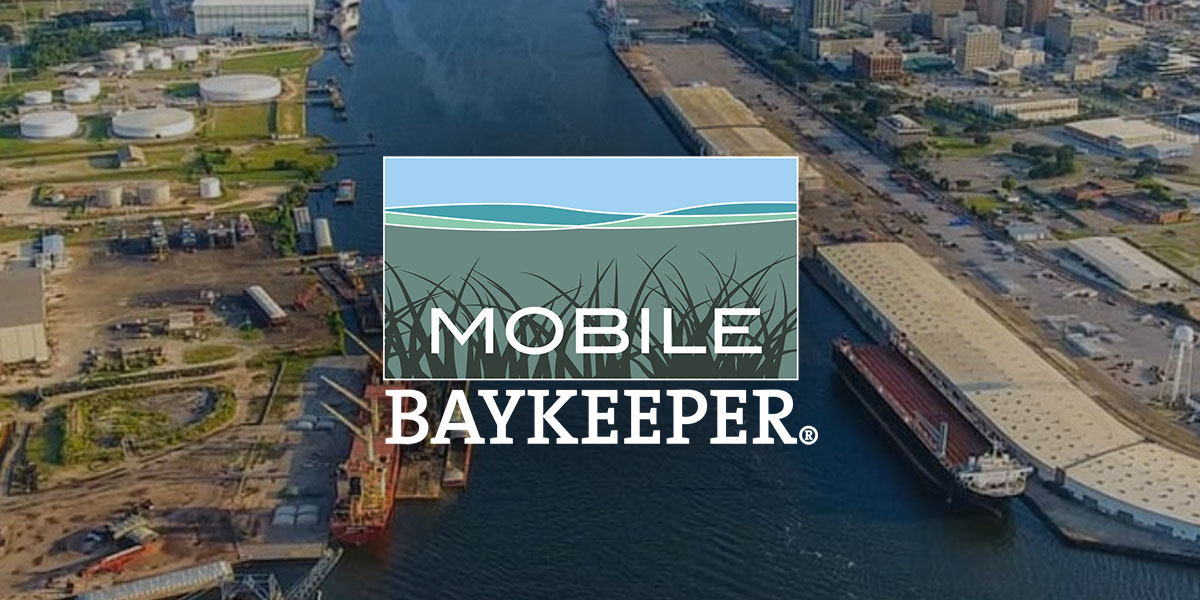The U.S. Army Corps of Engineers is busy making Mobile Bay's ship channel bigger and deeper. But not everyone's thrilled! Concerns are bubbling up from state lawmakers, environmental groups, and our local commercial fishermen about where all that dredged-up sediment is going, and what it's doing to our precious bay. Mobile Baykeeper has been using drones to keep an eye on things, and they're reporting sediment being released right into the bay! This is raising serious red flags about the health of our marine life and water clarity. State Senator Chris Elliott is pushing for the Corps to use established disposal sites like Gillard Island instead of just dumping it in the open water. The goal is to make room for larger ships at the Port of Mobile. While guidelines say a good chunk of the dredged material should be used for good stuff like wetland restoration or fortifying Dauphin Island, the rest is getting "thin-layer placement" in the bay. Critics are calling this method experimental and potentially risky. Mobile Baykeeper is sounding the alarm, reporting that up to 90 million cubic yards of dredged material could end up in the bay over the next 20 years. That's like covering 42,000 football fields with muck! They argue this is the largest open-water dump ever attempted, with uncertain consequences for our ecosystem. Local fishermen are already seeing the impact. Members of the Alabama Commercial Fishermen Association are saying that the dumping is messing with shrimp and oyster industries. Silt is damaging nets, changing the seabed, and making historic shrimping areas unusable. Oyster reefs are reportedly being buried, wiping out future generations. Some fishermen say areas are unusable for up to two years after dredging! Senator Katie Britt supports the port expansion but emphasizes responsible management of dredged material. She helped include provisions in the 2024 Water Resources Development Act requiring at least 70% of suitable dredged material to be used beneficially and mandating consultation with local stakeholders. She also secured funding for beneficial-use projects and sediment flow studies. Despite the concerns, the U.S. Army Corps of Engineers insists that thin-layer placement is a safe and accepted method. They see it as a "cornerstone" of their strategy for maintaining waterways while protecting the environment. Mobile Baykeeper held a town hall on May 15th. There is another coming up on May 22 from 60 – 7:30 pm at Fairhope United Methodist Church (155 S Section St) to discuss the ongoing federal mud-dumping in Mobile Bay. This is your chance to voice your concerns and ask questions of fishermen, oystermen, charter captains, and scientists!Mobile Bay Dredging Drama: What's Going on Under the Surface?
Sediment Sludge Saga
Massive Mud Moves
Fishermen Feeling the Pinch
Senator Britt Weighs In
Corps Stands Firm
Want to Get Involved?

























